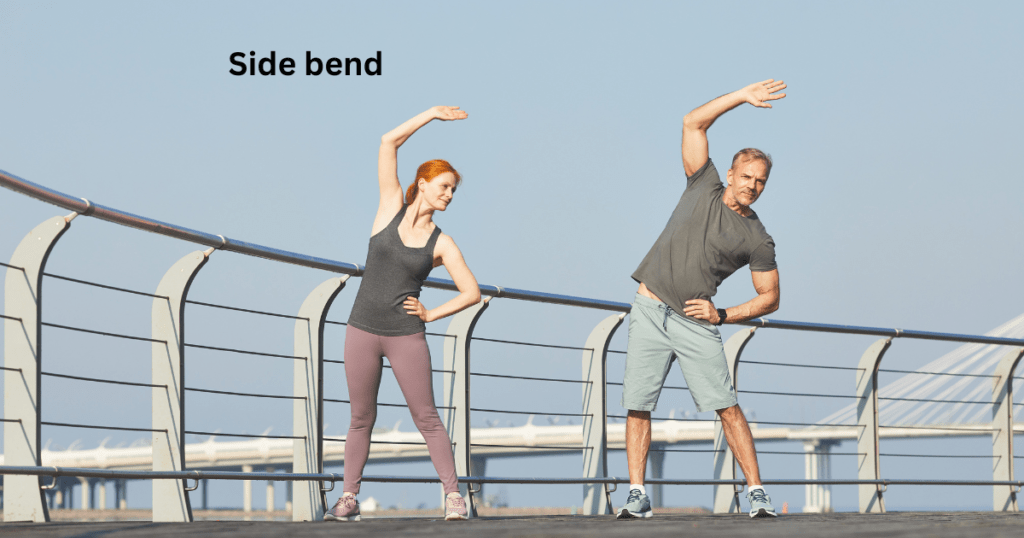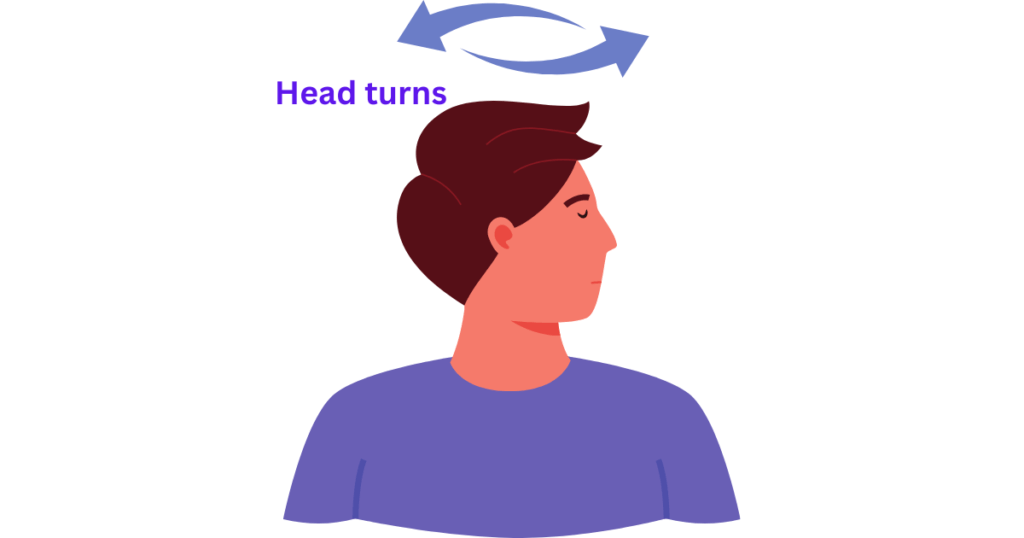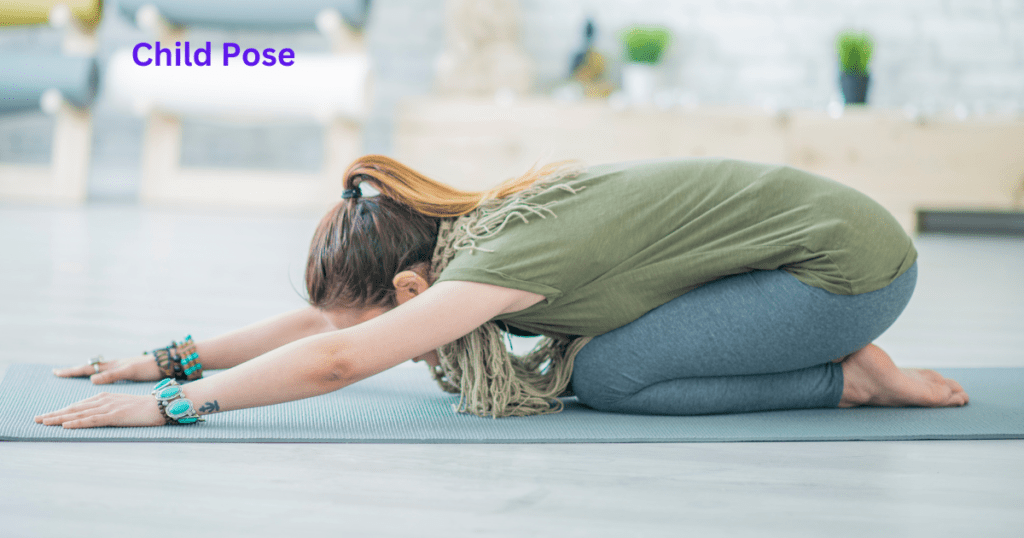Introduction
Yoga Asana for a pinched nerve in the neck: A pinched nerve occurs when pressure or force is applied to an area of the nerve, sending a warning signal to the brain. Most cases are mild and a person can often be treated at home.
What is a pinched nerve?
Radiculopathy, also known as peach nerve. Occurs when a nerve fiber or set of nerves is injured, resulting from compression contraction or stretching.
Reliable sources of symptoms include:
numbness
‘Pins and needles’ or inflammation
Pain radiating outward from the injured area.
Pinched nerves can occur anywhere in the body, most commonly in the neck, back, elbows, and wrists. Carpal tunnel syndrome is caused by nerves in the hand. Pressed or pinched as it passes through the medial wrists. Tennis elbow and peripheral neuropathy are conditions in which pinched nerves can resemble nerves. In which a person experiences numbness, pain and tingling in the hands or feet.
Certain factors put you at a higher risk of having a nerve puncture
• Obesity
• Pregnancy
• Diabetes
• Family history
• Repetitive motion
• Injury
• Poor posture
• Lifting or turning is wrong
• Keeping the body in a certain position for a long time
Yoga Asana for a pinched nerve in the neck
1. Side bend
Side bends build strength while helping to reduce neck and back stress.

How to Do
1. Stand with hands on head.
2. Neck and head should be kept straight.
3. Lean gently to the right and then to the left without bending the body forward.
4. Repeat ten times.
2. Head turns
Head turning can re-store the range of motion. But they may find it difficult at first.

How to do
1. Sit or stand in a neutral position. Then turn the face to one side to look over the shoulder.
2. Hold this position for five seconds.
3. Heads should return to their neutral position.
4. This time again turn to the other side.
5. This should be repeated ten times.
3. Shoulder rolls and shrugs
Moving the shoulders helps to reduce the stress on the neck. For some people, it can also relieve headaches caused by pinched nerves and muscle tightness.

How to do
1. Raise and lower the shoulders gently for 30 seconds.
2. Rest for a few seconds and roll the shoulders forward and up towards the ears and back down, pushing the shoulder blades together.
3. Repeat this movement for 30 seconds. Then do it in the opposite direction.
4. Child’s pose
Child’s pose is especially helpful for people with neck problems.

hOW TO DO
1. Pull your head back to tuck your chin.
2. Gently bend your head to the ceiling.
3. Come back to chin tuck and relax.
4. Perform this asana five times on both sides and repeat the set two times.
Other treatments
The pinched nerve fibers themselves can occur. However, if home rest and gentle stretching do not improve, a person can go to a doctor for treatment.
Treatment usually focuses on reducing pain and preventing secondary injuries, in addition to exercise and physical therapy recommended by doctors.
• Neck stabilization collar
• Nonsteroidal anti-inflammatory drugs (NSAIDs),
• Cold therapy with ice packs
• Massage therapy
• Surgery as well as in rare cases
conclusion
In the above session we have mentioned five asanas which you can practice to reduce the pain caused by many injuries and diseases. For many people, individual physical therapy results quickly and significantly improves strength and mobility. But, if the pain doesn’t go away from time to time, the doctor may recommend other alternative treatments. Individuals who experience chronic deafness or neck pain should consult a physician before attempting exercises for pinched nerve.




Yoga can be a great way to alleviate the discomfort of a pinched nerve, but it’s important to approach it carefully. The exercises mentioned, like side bends and head turns, seem simple yet effective for restoring mobility. I wonder if these poses are suitable for everyone, especially those with severe pain or chronic conditions. The emphasis on gentle movements is reassuring, but I’m curious about how long it usually takes to see improvement. Have you tried these poses yourself, and did they work for you? It’s also interesting how factors like posture and repetitive motion contribute to the issue—do you think lifestyle changes are just as important as the exercises? Overall, this seems like a helpful guide, but I’d love to hear more about personal experiences or additional tips!
This article provides a comprehensive guide on managing a pinched nerve in the neck through yoga asanas. The explanations are clear, and the step-by-step instructions make it easy to follow. I appreciate the emphasis on gentle movements, which are crucial for avoiding further injury. However, I wonder if there are specific breathing techniques that could enhance the effectiveness of these exercises. Additionally, how long should one typically practice these asanas before expecting noticeable improvement? It’s great that the article mentions when to seek medical help, but I’d love to know more about preventive measures to avoid pinched nerves in the future. Overall, this is a helpful resource for anyone dealing with neck discomfort. What’s your experience with using yoga for pain relief?
Yoga asanas seem like a helpful and natural way to relieve a pinched nerve in the neck. The exercises mentioned, like side bends and head turning, appear simple yet effective for reducing stress and restoring motion. I especially found the child’s pose interesting—it sounds soothing and beneficial for neck issues. However, I’m curious about how long it typically takes to see improvements with these stretches. Also, are there any specific precautions to keep in mind while performing these asanas, especially for beginners? Lastly, it’s great to know that mild cases can often be treated at home, but I wonder if there are any signs that would indicate the need to seek immediate medical attention instead of continuing with home remedies. What’s your experience with treating a pinched nerve—did yoga work for you?